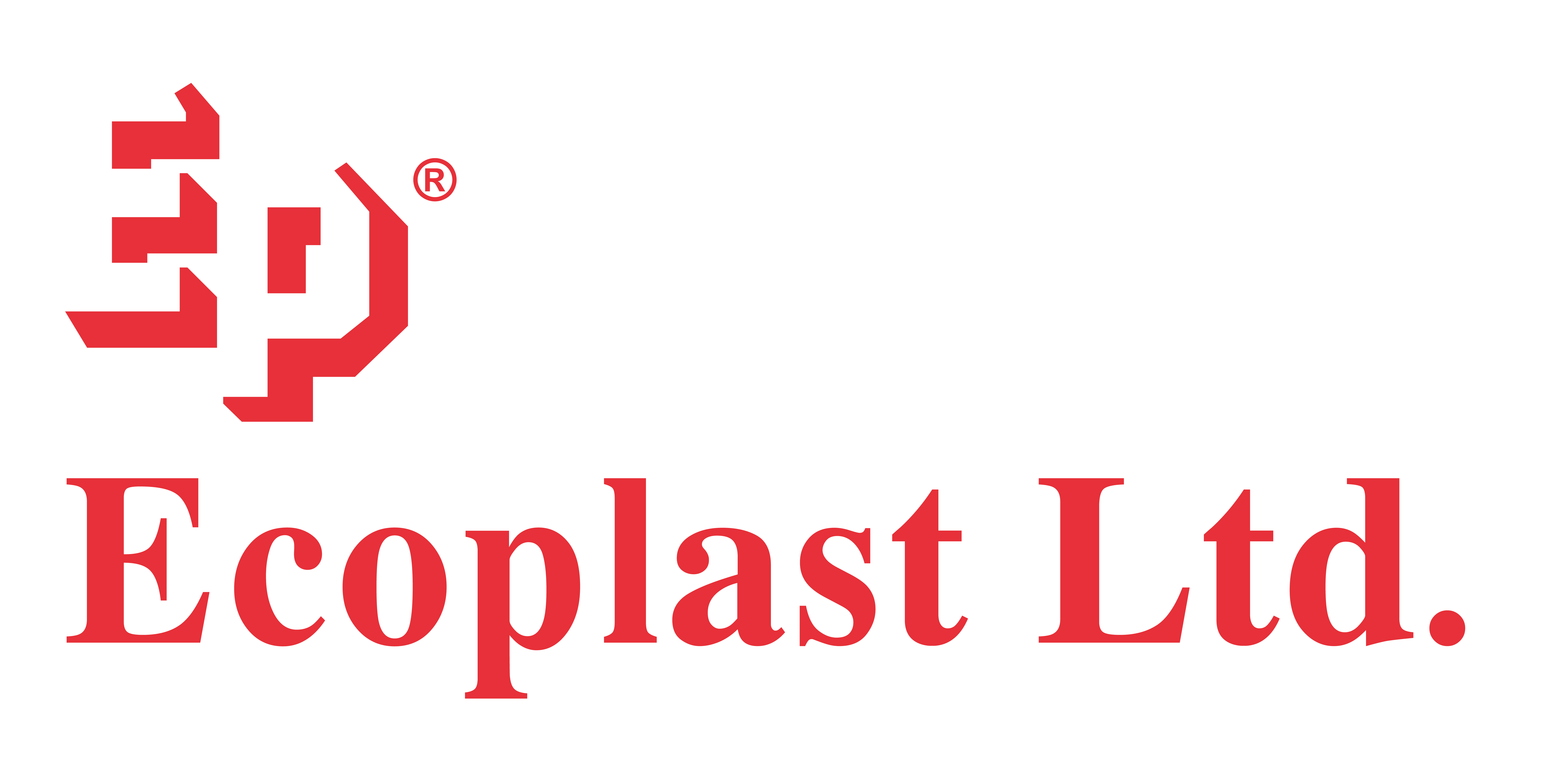All About Adhesive Films: Purpose, Types & Benefits
The global flexible plastic packaging market size is projected to grow from USD 160.8 billion in 2020 to USD 200.5 billion by 2025, at a CAGR of 4.50% from 2020 to 2025. This dynamic is growing with every passing hour, and for all the right reasons. The sector now shelters products that are the very definition of innovation; one of its finest offerings being Adhesive films.
The world of adhesives is vast one, with a kind of product available for every industry need and purpose. To help you better understand the concept and the purpose of adhesives, let’s explore some of the primary types of adhesives-
Popular Adhesive Films Types
1. Pressure Sensitive Adhesive (PSA):
PSAs do not require much pressure if they are to be deformed; they are flexible once cured, and can be used on wet surfaces. To put it in technical terms – they are low modulus elastomers and thermoplastic. They are a sought-after adhesive type for many reasons – they are easy to use; no heat or equipment is needed for a bond to be made, they perfectly fit into the role of attachment or mounting adhesives, and they function well in environments with temperatures between 59º F and 95º F. However, the beauty of these films lies in their versatility. They are great solutions for bonding multiple materials like paper, plastic, metal, and concrete. They also work wonders when it comes to light load applications, and are purchased as tapes or labels.
2. Heat Activated Adhesive:
Contrary to pressure sensitive films, these adhesives have to leverage external heat to activate the bond. The films have to be exposed to high temperatures for long periods to ensure the expected level of bonding. They can be used in continuous processes or cut into sheets, enabling precise layer placement prior to bonding. Another difference between the two is their natures, PSAs are thermoplastic while heat activated adhesive films are thermoset. Given the thermoset feature, they offer excellent strength, along with heat and chemical resistance. They are also customizable and are available with numerous backing materials. Heat activated adhesives are perfect solutions particularly when it comes to the bonding of difficult surfaces, including rubber and polymer-based materials.
3. Polyurethane Adhesives:
Polyurethane adhesives are a form of thermoplastic glue. These are usually brown in color or are transparent. Given that they are extremely durable and resistant to most forms of degradation, they have a very wide variety of applications. Here are some of the major industries that leverage the power of these adhesives – Transport, Laminating, Aerospace, Footwear, Construction, Pharmaceutical, Furniture, Flooring and Roofing, Rail, and the list goes on. Polyurethane adhesives are available in either a one part or 2-part adhesive. The 2-part adhesive sets much quicker. These films come with enviable features like easy application, ideal for sensitive substrates, proven versatility, excellent resistance to heat, water and chemicals.
4. Rubber-based Adhesives:
These are adhesives made using a rubber, either in its natural or synthetic form, as the base material. They are known to offer high initial grab or tack, and bond extremely well with a range of materials and surface types. Rubber-based pressure sensitive adhesives are usually solvent-based or hot melt adhesives, and can be used to make permanent or removable labels. They serve to be good solutions for low temperature applications and indoor applications. This is primarily because they are more vulnerable to UV light, high temperatures, moisture, and chemicals. They are also widely used in medical applications such as dressings and tapes. They are also actively present in the healthcare and cosmetics industry.
5. Acrylic Adhesives:
Much like pressure sensitive adhesive, acrylic adhesives are thermoplastics in nature as well; meaning that they go soft when exposed to heat. They remain soft at room temperatures and harden after the cooling process. Their ability to remain soft at normal temperatures allows them to bend easily under light pressure and bond quite well with the rough or inconsistent product surfaces. These adhesives are known to gel well with polar substrates such as metals, glass, polyesters and polycarbonates. They deliver good resistance to multiple temperature ranges and chemicals. The best part is that they can easily be removed and reinstalled in the application if done incorrectly.
Now that are aware of the most common types of adhesives in the realm of flexible packaging, let’s explore the many advantages of adhesive films for different sectors:
Benefits Of Adhesive Films
- Food Industry:
The impressive range of adhesives make it possible for the food industry to adapt to the all-new era that is fueled by canned food and frozen products. From laminated product packaging to air-tight sealed closures – these adhesives come in handy for a variety of applications.
- Medical Industry:
From plasters to nicotine patches to the production of something as simple as paper tissues – adhesives play an important role in the medical industry as well. They enable tablets to be protected from the exterior elements that could hamper the desired effect.
- Industrial Purposes:
The aircraft and car manufacturing industries are the ones that have truly welcomed innovation in the form of bonding technology, especially via adhesives. Over time, they have proven to be reliable solutions, leading to them being used as structural materials as well.
Ecoplast Ltd, A Leading Adhesive Film Manufacturer In India
With an extensive experience of 20 years in the sector, Ecoplast Ltd is one of the leading adhesive film manufacturers in India. Our Ecobond™ collection features adhesive films used for manufacturing Aluminum Composite Panels. These panels are user-friendly materials made up of two aluminum coils. The two coils are held together tightly with a non-aluminum core to make it lightweight, durable and compact. The ACP sheets are available in different shades, textures, designs and sizes to meet the industry needs and purpose.
They are used for a variety of applications, both interior and exterior. Adhesive films are chosen based on the type of ACP to be manufactured (FR or Non FR), and the processing temperatures at which the lamination of ACP is undertaken.
The typical thicknesses used for exterior grades ACP are 32 mic and 50 mic though it can be customised into other thicknesses as well and depends on the Aluminium thickness and the overall sheet thickness. The interior application adhesive films are typically 20 mic and 25 mic due to the low thickness of AL used in the application. Films for FR ACP can be customised anywhere between 50 mic to 200 mic depending on the application and the Aluminium thickness. Here are our offerings:
–Low Temperature Adhesive Film
–High temperature Adhesive Film
–3D Panels / ACCP
–FR-A2
–FR-B1
If you are looking for the right adhesive film solutions, contact us at: +91-22-2683 3452 / +91-22-2683 1403, or drop an email at: [email protected]


Recent Comments